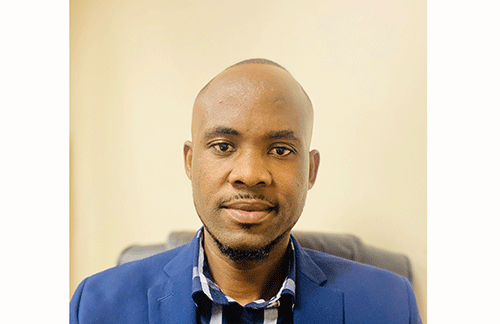Givean Samulandela
Located in southwestern Namibia, the Fish River is one of the world’s most spectacular natural wonders. This unique geological formation attracts tourists from all over the world, but unfortunately, there have been instances where tourists have disappeared while visiting the canyon. While many factors could be contributing to these disappearances, one that has been overlooked is the lack of network coverage in the area.
Network coverage in the Fish River Canyon region is known to be spotty at best, and this can pose a serious problem for tourists who rely on their phones for navigation and communication. Many of the hiking trails within the canyon are remote and difficult to navigate, and without proper coverage, it can be easy for hikers to get lost or disoriented.
Tourists planning a trip to the Fish River Canyon should take extra precautions to ensure their own safety. This includes carrying plenty of water, staying on marked trails, and bringing a physical map or compass as a backup navigation tool. With proper preparation and awareness, tourists can enjoy all the beauty that the canyon has to offer without putting themselves in harm’s way.
The canyon stretches approximately 160km long and up to 27km wide. The canyon reaches a depth of over 500 metres. It’s isolation and rugged terrain make it challenging to establish reliable network coverage. The limited availability of network connectivity can be dangerous, particularly for tourists who are not familiar with the area. In addition to navigation challenges, poor network coverage can also make it difficult for tourists to call for help in the event of an emergency. With temperatures soaring above 40 degrees Celsius during the summer months, dehydration and heatstroke are real dangers for hikers. Without reliable phone service, it can be challenging for hikers to contact rescue services or medical professionals quickly enough to prevent serious or fatal injuries.
While there may be numerous reasons why tourists go missing in the Fish River Canyon, the lack of network coverage is undoubtedly a contributing factor. The government, telecom companies, and the community must work together to improve coverage in the area and ensure that all visitors have access to reliable communication and navigation tools.
Cellular connectivity is essential in today’s world, and it provides a sense of security for travellers. Improving network connectivity in the canyon and the Namib Desert at large can make a significant difference in the safety of tourists and help prevent people from going missing in this breathtaking yet challenging environment.
* Givean Samulandela is an information officer in the MICT


